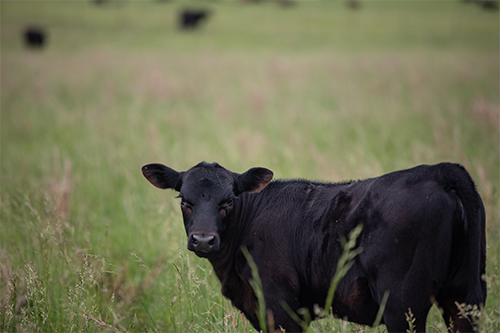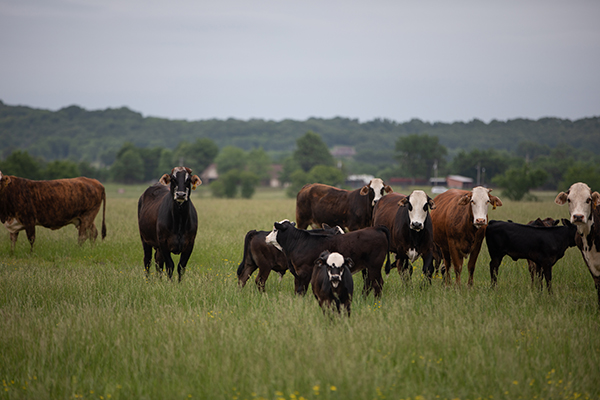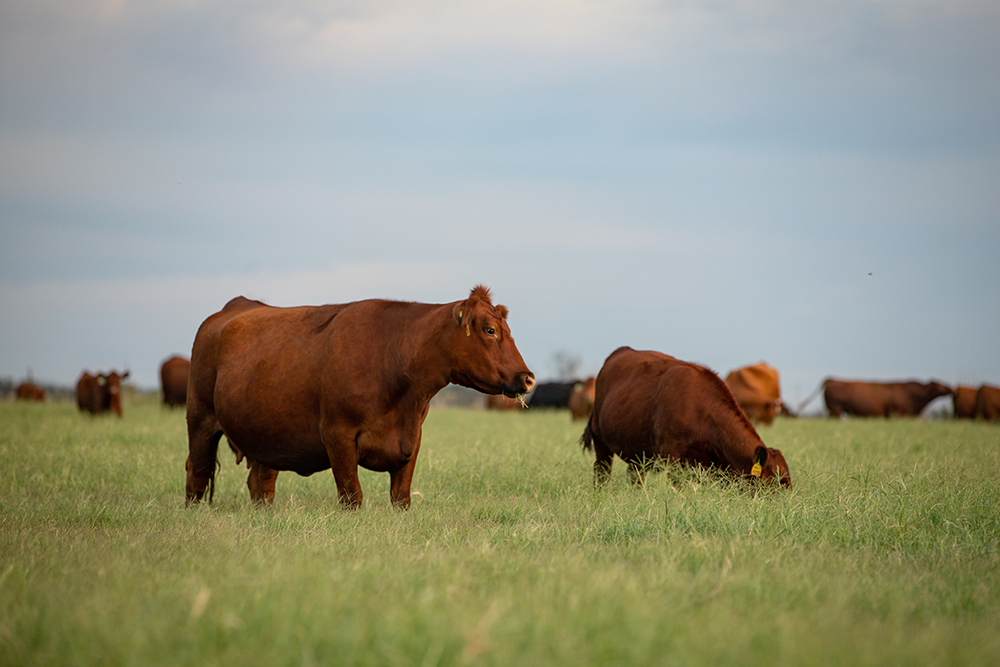
Beef heifer mastitis is a potentially devastating issue for cattle herds, as it can quickly spread and have a significant impact on both animal health and your bottom line. Mastitis, characterized by the inflammation and infection of one or more teats, often leads to the development of blind quarters. This condition, while often overlooked, can destroy the milk-producing tissues within the affected teats, ultimately resulting in decreased milk production and reduced weaning weights.
One of the key contributors to mastitis in beef heifers is the presence of horn flies. These persistent insects are known to feed on the blood vessels in the skin of the teats, causing irritation and creating a gateway for mastitis-causing bacteria. Horn flies can carry these harmful bacteria from one animal to another, entering the teat orifice and moving upward within the quarter, where they inflict damage on the milk-producing tissues. With horn flies feeding on cattle and taking up to 40 blood meals a day, the potential for the rapid spread of mastitis within a herd becomes evident. These flies only leave the animals to lay their eggs in fresh manure, perpetuating the cycle of infection and infestation.
According to Dr. Nickerson at University of Georgia, 75% of all heifers have mastitis before they calve. He attributes 50% of that mastitis to the horn fly. By implementing an effective fly control program and incorporating Altosid® IGR to help prevent cases of mastitis, you can improve the overall health of the herd, particularly among the heifers.
Learn more about protecting heifers from horn flies at the video below!


